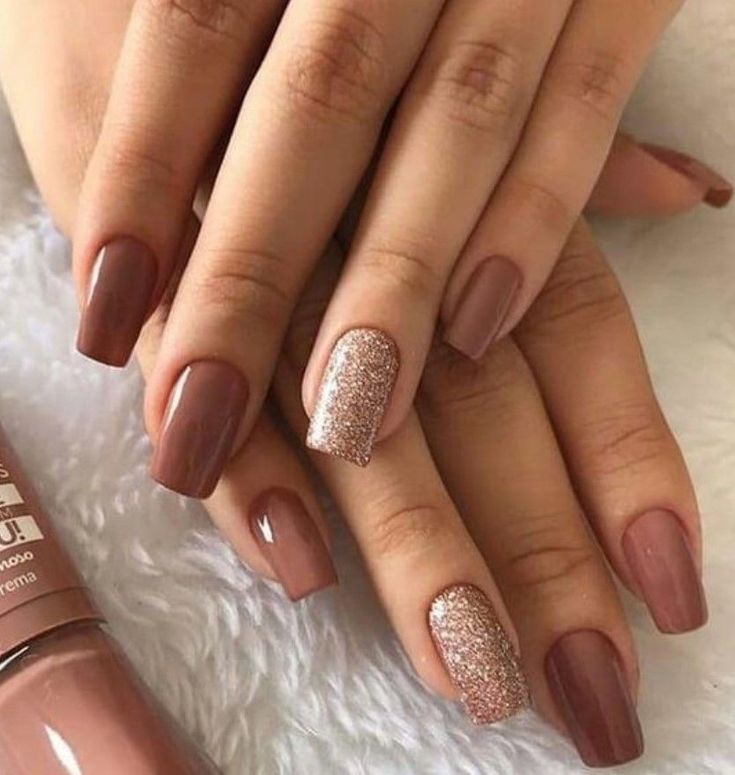
Common Mistakes to Avoid When Using a Nail Drill Machine
- uzmdrill
- August 29, 2024
- 42 views
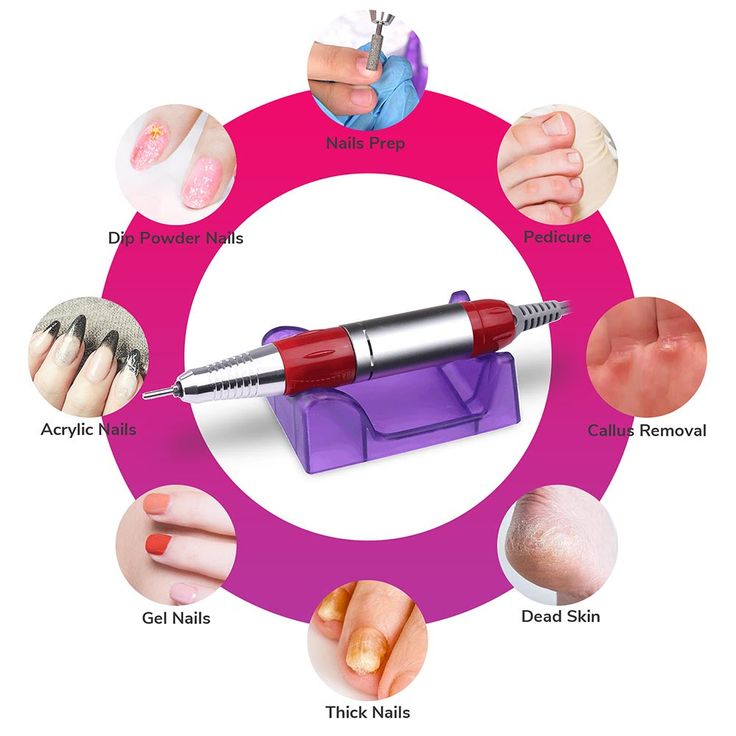
A nail drill machine, also known as an e-file, is a versatile tool that can help you achieve professional-quality manicures and pedicures at home. However, using a nail drill incorrectly can lead to nail damage, discomfort, and even injury. Whether you’re a beginner or have some experience with nail drills, it’s crucial to understand common mistakes to avoid for the best and safest results. This guide will walk you through the most frequent errors and how to steer clear of them.
1. Using the Wrong Drill Bit for the Task
Each drill bit is designed for specific tasks, such as filing, shaping, or cuticle work. Using the wrong bit can cause uneven nails, damage to the nail bed, or injury.
Common Mistakes:
- Using coarse bits on natural nails, which can cause thinning and damage.
- Using fine bits for removing bulk, which is inefficient and can cause overheating due to prolonged use.
How to Avoid:
- Understand Bit Types: Familiarize yourself with the various bits—such as sanding bands for natural nails, carbide bits for acrylic removal, and diamond bits for cuticle work.
- Match the Bit to the Task: Always use the appropriate bit for each task. For example, use a fine sanding band for natural nail prep and a coarse carbide bit for removing acrylics.
2. Setting the Speed Too High
One of the most common mistakes beginners make is using a high speed setting right away. High speeds can lead to loss of control, nail damage, and heat buildup.
Common Mistakes:
- Starting at high speeds without experience, which increases the risk of cutting the cuticle or filing too deeply.
- Using high speeds on natural nails, causing unnecessary friction and heat.
How to Avoid:
- Start Slow: Always begin at a low speed (5,000-10,000 RPM) until you get comfortable handling the drill. Gradually increase the speed as needed.
- Adjust for Different Tasks: Use lower speeds for delicate work like cuticle care and higher speeds for removing acrylic or gel products.
3. Applying Too Much Pressure
Applying too much pressure when using a nail drill can cause pain, nail bed damage, and uneven nail surfaces. It’s important to let the drill do the work rather than forcing it.
Common Mistakes:
- Pressing down hard on the nail, causing indentations or thinning of the natural nail.
- Not allowing the drill bit to glide smoothly, which can lead to uneven results.
How to Avoid:
- Use Light Pressure: Gently guide the drill over the nail surface without applying excessive force. The weight of the drill itself should be enough.
- Keep a Steady Hand: Maintain a steady, controlled movement, allowing the drill to naturally remove the material.
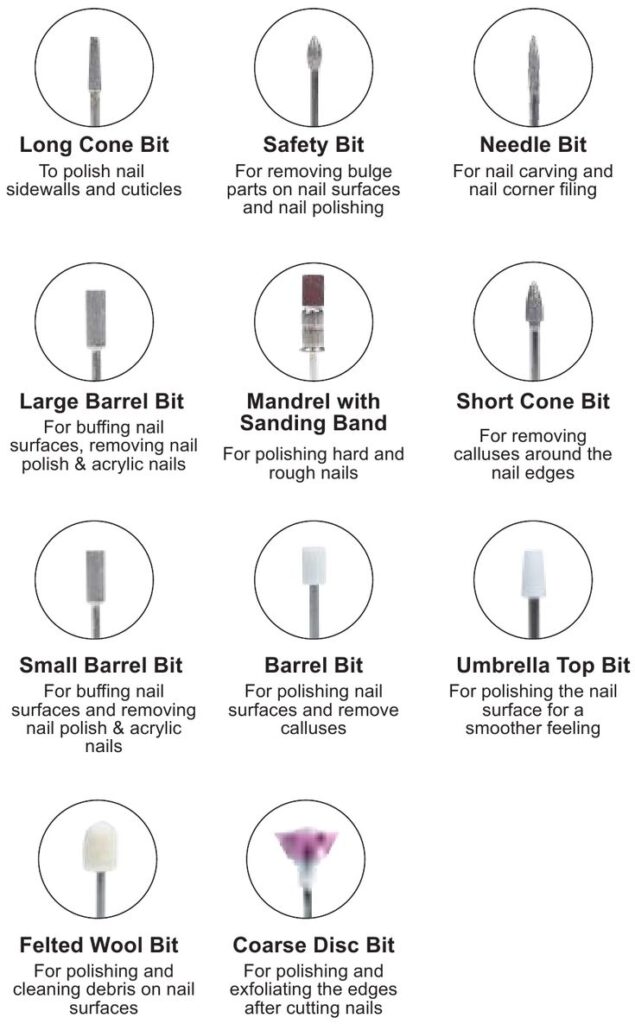
4. Holding the Drill at the Wrong Angle
The angle at which you hold the nail drill can significantly impact the outcome of your nail work. Incorrect angles can cause gouging, uneven surfaces, or slipping.
Common Mistakes:
- Holding the drill perpendicular to the nail, which can create divots or over-filed areas.
- Not maintaining a consistent angle, leading to an uneven surface.
How to Avoid:
- Maintain a Consistent Angle: Keep the drill at a 45-degree angle to the nail surface to ensure smooth, even filing.
- Practice on a Dummy Hand: If you’re a beginner, practice holding the drill at the correct angle on a practice hand or dummy nails to build confidence and technique.
5. Not Moving the Drill Constantly
Keeping the drill bit in one spot for too long can cause friction, heat buildup, and potential burns to the nail bed. It can also lead to over-filing and thin, damaged nails.
Common Mistakes:
- Holding the drill in one place while trying to smooth an area, causing excessive heat and thinning of the nail.
- Focusing on a single spot without moving, leading to uneven thickness.
How to Avoid:
- Keep the Drill Moving: Always move the drill bit smoothly across the nail surface. Never stay in one spot for more than a second.
- Practice Fluid Motions: Practice moving the drill in a controlled manner, ensuring that you cover the nail evenly without lingering.
6. Neglecting Proper Cleaning and Maintenance
A dirty or poorly maintained nail drill can harbor bacteria and affect performance. Regular cleaning and maintenance are crucial to ensure both safety and longevity of your tool.
Common Mistakes:
- Failing to clean the bits after each use, leading to product buildup and potential infections.
- Not lubricating or servicing the drill machine, which can result in malfunction or overheating.
How to Avoid:
- Clean After Every Use: Clean your drill bits with a brush and disinfectant after each use to remove dust and debris.
- Regular Maintenance: Check your drill machine regularly for any signs of wear or damage, and follow the manufacturer’s maintenance instructions.
7. Ignoring Safety Precautions
Safety is paramount when using a nail drill machine. Ignoring safety measures can lead to injury, nail damage, and other complications.
Common Mistakes:
- Not wearing protective gear like dust masks and safety glasses.
- Using the drill on damaged or infected nails without proper knowledge.
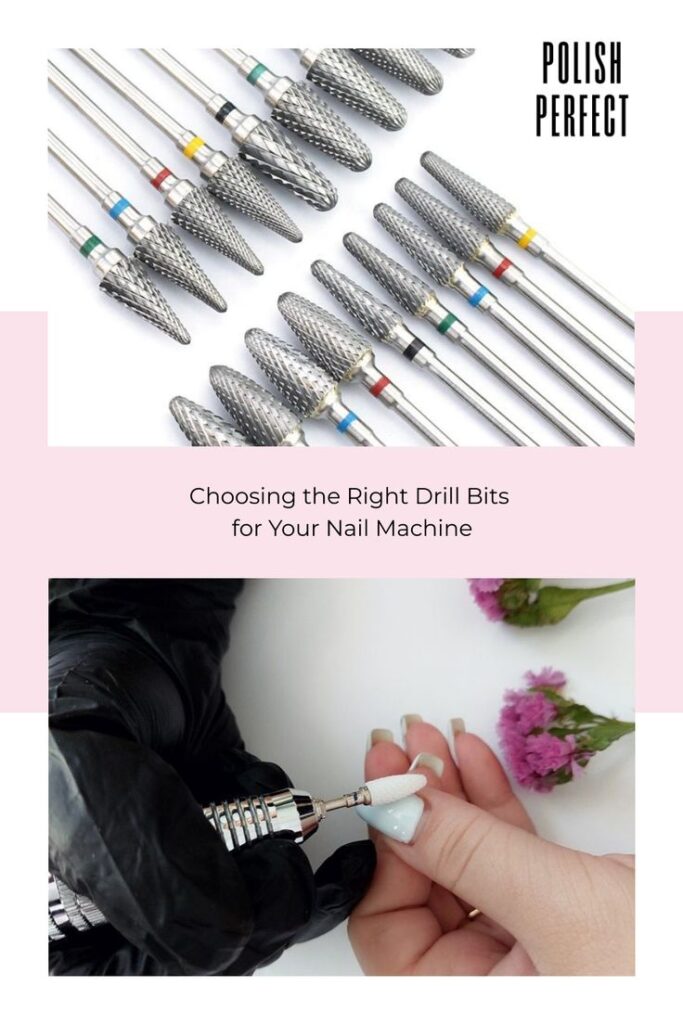
How to Avoid:
- Wear Protective Gear: Always wear a dust mask and safety glasses to protect yourself from nail dust and debris.
- Be Aware of Nail Health: Do not use a nail drill on damaged, infected, or sensitive nails. If unsure, consult a professional.
8. Skipping Proper Nail Prep
Proper preparation of the natural nail is crucial for achieving a flawless finish and ensuring the durability of your nail enhancements. Skipping prep can lead to lifting, chipping, and poor adhesion.
Common Mistakes:
- Not properly dehydrating and priming the nails, leading to lifting of acrylics or gels.
- Applying products to oily or unclean nail surfaces, reducing adhesion.
How to Avoid:
- Follow a Prep Routine: Always clean, dehydrate, and prime the nails before applying any enhancements. This ensures a smooth base and long-lasting results.
- Practice Good Nail Hygiene: Keep nails and surrounding skin clean and healthy to promote the best results.
FAQs: Common Nail Drill Mistakes
Q1: What should I do if I accidentally file too much of the natural nail?
A1: If you over-file the natural nail, stop immediately and apply a nourishing cuticle oil or nail strengthener to protect the nail. Give the nail time to recover before using the drill again.
Q2: How can I reduce heat buildup when using a nail drill?
A2: To reduce heat buildup, use a lower speed setting and apply light pressure. Always keep the drill moving and avoid staying in one spot for too long.
Q3: What is the best way to practice using a nail drill as a beginner?
A3: Practice on a dummy hand or practice nails before using the drill on yourself or others. This helps you get comfortable with the tool and develop proper technique without the risk of damage.
Q4: How often should I replace my nail drill bits?
A4: Replace nail drill bits as soon as they show signs of wear or damage. Dull or damaged bits can cause uneven filing and increase the risk of injury.
Q5: Can I use a nail drill if I have sensitive nails?
A5: If you have sensitive nails, use a low speed setting and a fine bit. Proceed with caution and monitor for any discomfort. It may be best to consult a professional for advice tailored to your needs.
Conclusion
Using a nail drill machine can greatly enhance your nail care routine, but it’s essential to avoid common mistakes to ensure safe and effective results. By understanding and avoiding these errors, you can achieve beautiful, salon-quality nails at home while keeping your natural nails healthy and strong. Remember to always prioritize safety, practice regularly, and maintain your tools for the best outcomes.

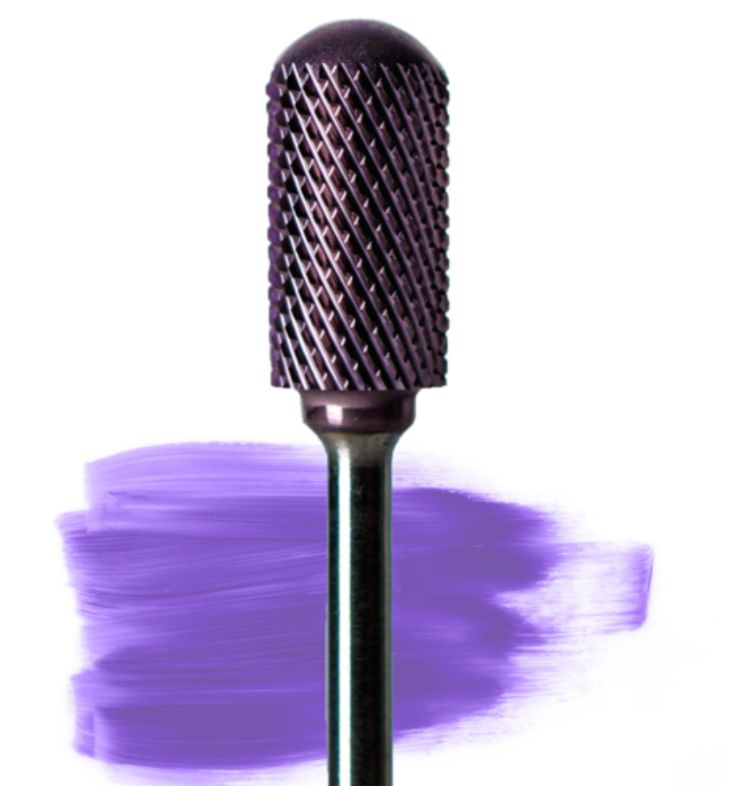
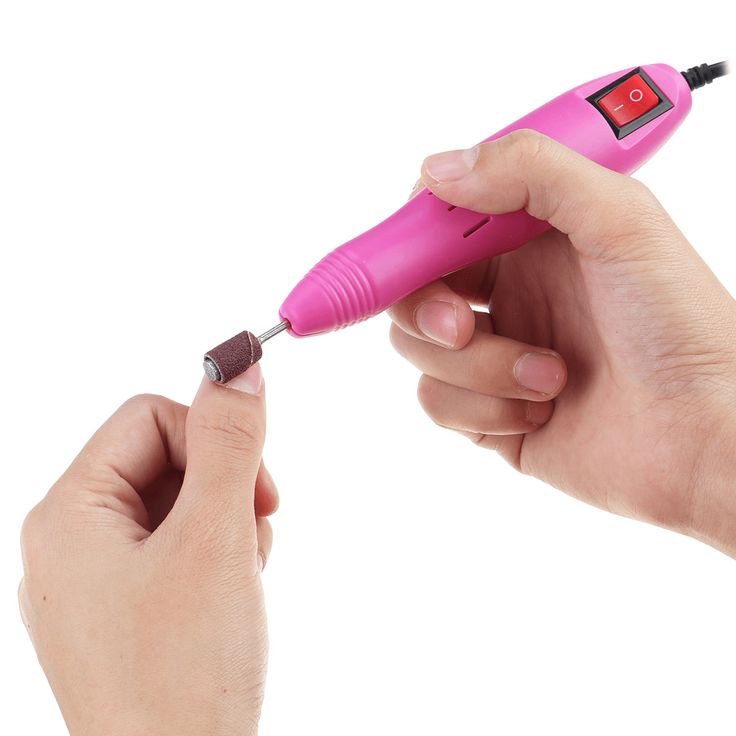
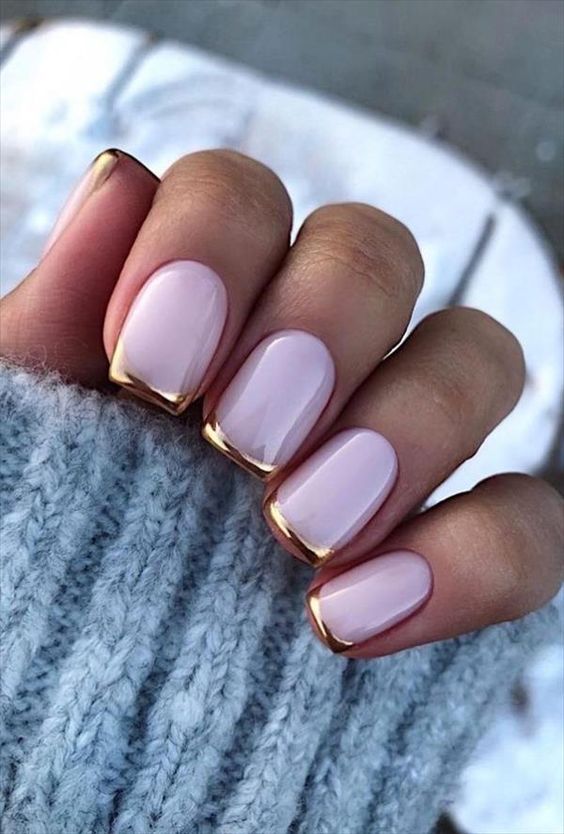
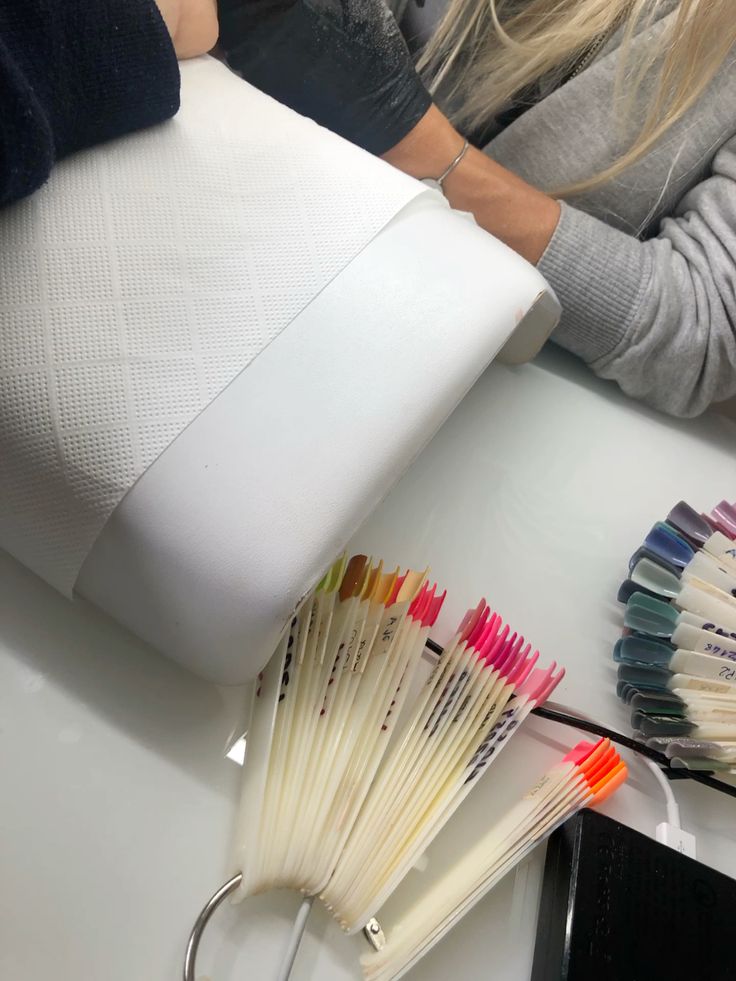
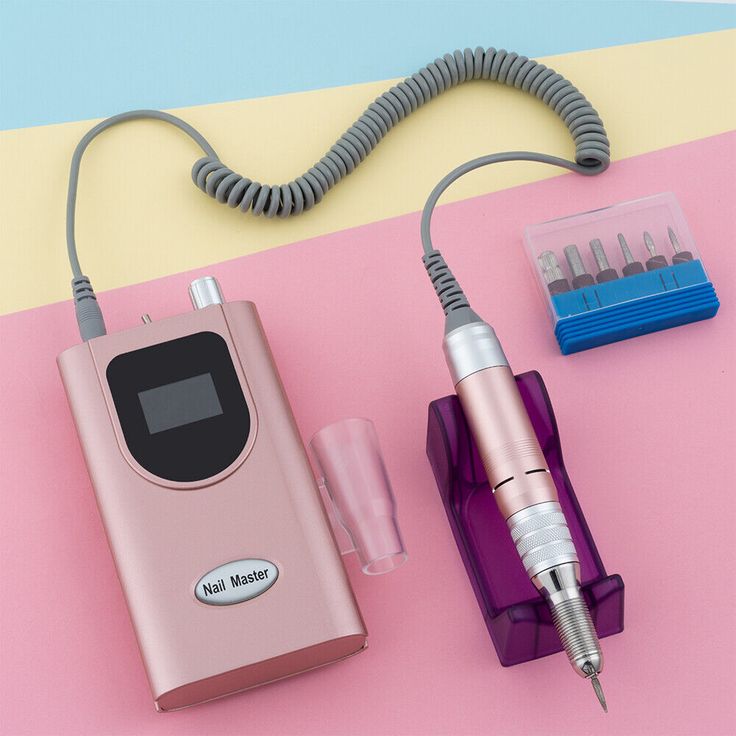



One Response